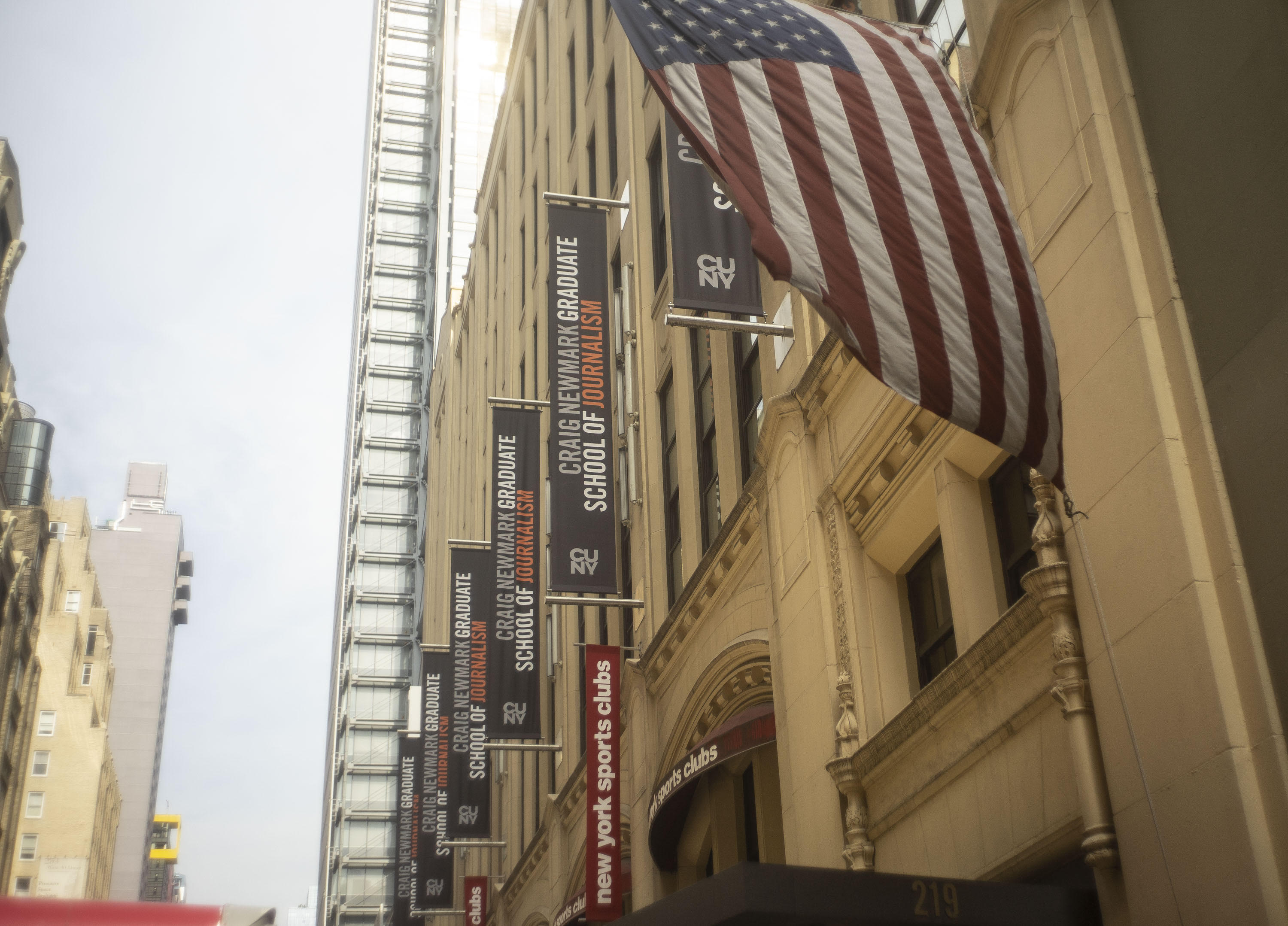
Pathway to Journalism: Voices of Recent Graduates
“Journalism is really about curiosity, thinking about it in a logical way, then being able to synthesize the information and report it. The more you do that, the better you get at it,” said Barbara Nevins Taylor, Professor and Journalism Program Director at The City College of New York (CCNY).
The City University of New York (CUNY) opened the Craig Newmark Graduate School of Journalism (Newmark J-School), formally known as the CUNY Graduate School of Journalism, in 2006. The mission of the program “is to serve the public interest – by training new journalists from varied economic, racial, and cultural backgrounds who will bring much-needed diversity to newsrooms, by helping mid-career journalists retool their skills, and by partnering with other media organizations to find new paths to excellence.”
The cost of the programs offered range from $18,609 for in-state students to $38,739 for out-of-state students. The graduate program offers a variety of scholarships to cover or to be put toward the tuition and fees for attendance. In an exclusive interview with Axios, Graciela Mochkosky, the school’s dean and Craig Newmark, the primary investor of the school, spoke about the intentions to launch a tuition-free program to offer students of more diverse backgrounds the opportunity to pursue journalism. This plan is aimed to cover tuition for 50% of students next year through additional funding and an endowment to go toward scholarships.
The Craig Newmark School of Journalism offers students three Masters of Arts programs that can be earned in a year and a half. The M.A. in Journalism focuses on the foundational skills of reporting, writing, interviewing, legalities and ethics paired with the selection of a concentration in Arts and Culture, Business and Economics, Health and Science, International or Urban Reporting. The second program is a M.A. in Bilingual Journalism in which students take classes in Spanish and English while reporting on Latinx communities across New York City. Newmark’s M.A in Engagement Journalisma> is a unique program that focuses on “[responding] to community needs, leveraging data and technology to connect with audiences in meaningful ways” in order to rebuild trust in media with the public.
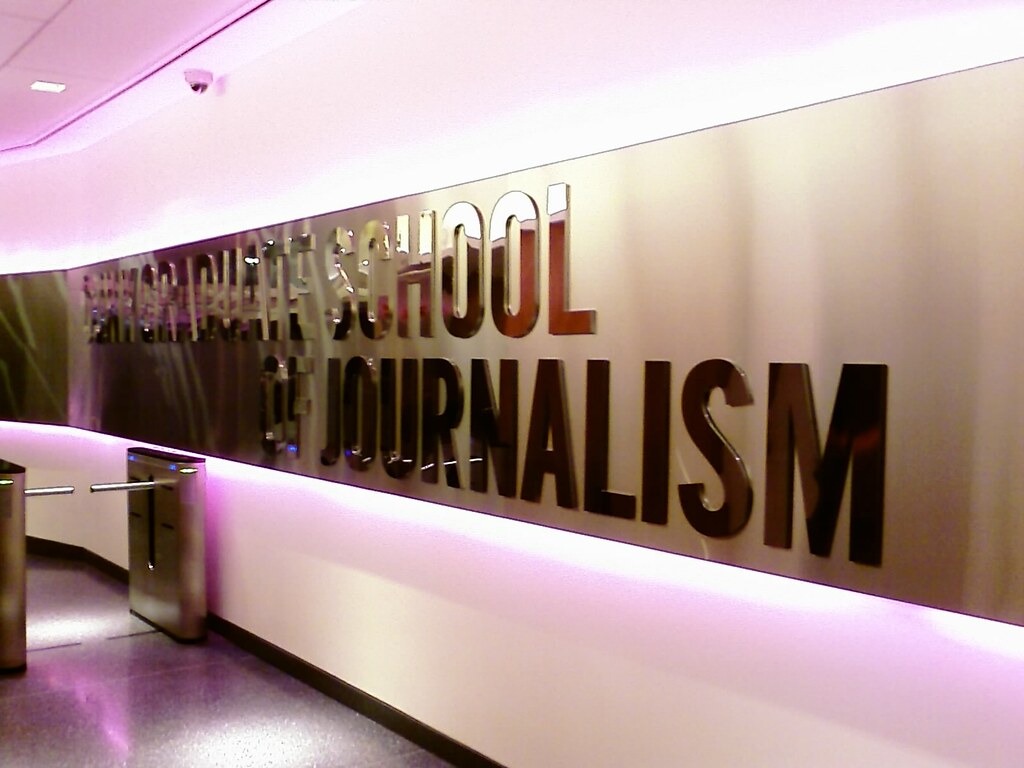
In interviews with theHIPE, we discussed the career journeys of two graduates and a current adjunct professor at the Newmark J-School: “I always say that it made me such a better reporter,” said Katie Herchenroeder, 2020 Newmark J-School graduate.“I’m a better writer. I’m a better listener. I ask better questions because of that program.”
Herchenroeder is a contributing writer for Vanity Fair’s the Hive where she specializes in news of the day and topics ranging from violence against women, reproductive healthcare access, and gender inequality. Born in Indiana, Arizona, she came to New York when she first attended as an undergraduate at the CCNY. With the help of her professor and advisor, Linda Villarosa, she decided to attend the Newmark J School after graduating with a degree in International Studies and a minor in Journalism.
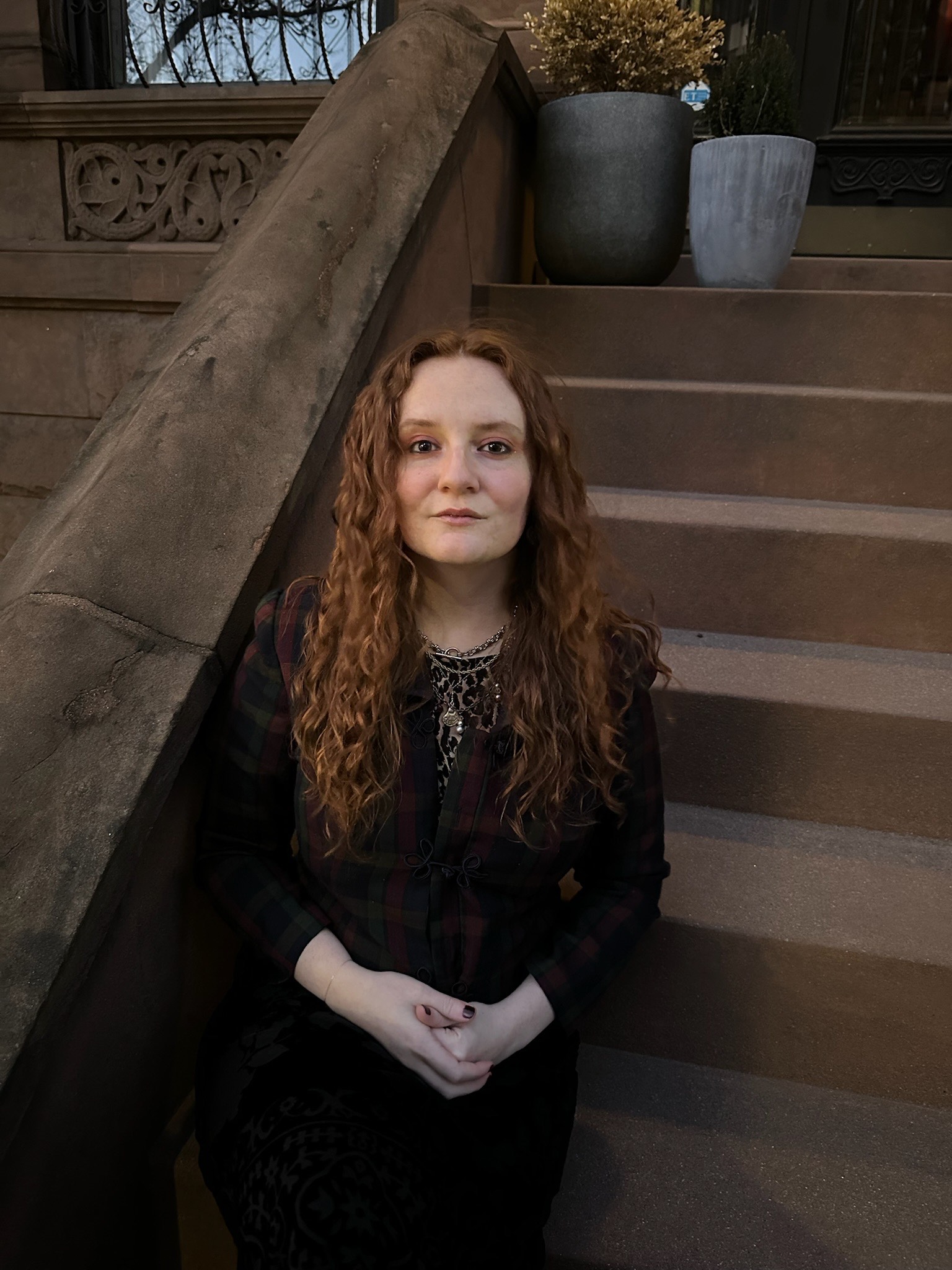
“One of the notable things about the program is that most of the professors that I had were current journalists, currently working at publications or were contracted writers at publications.” She said, “Not only were they incredibly on top of what it took and what people wanted, they also were actively connecting you with people in their circle.”
Herchenroeder is grateful for the variety of classes the graduate school offers and requires students to take. “I learned so much about every aspect of this industry while there.” She adds, “They have you take audio journalism, film journalism. They had us take a coding class and we took a legal journalism class where I use the knowledge every week.”
During her time at CCNY, Herchenroeder participated in a few significant programs that aided and informed her writing. During the first half of her college career she interned at the New York Public Interest Research Group (NYPIRG) which she says “opened my eyes to a lot of local issues in New York which aided in my reporting.”
In addition to NYPIRG, she interned with MSNBC which she got through a contact that Barbara Nevins Taylor, the director of the Journalism Department at CCNY, has. “The initial position was supporting one of the main researchers on the weekend team. We would meet with the producers in the morning and they would give us specific things to research throughout the day.” Her role eventually transitioned to being part of the “All In with Chris Hayes” team, “That was a little more of an administrative role. Because he had a lot of people in government coming on his show, it was a lot of coordination. I would attend all of the research meetings but it was a little bit less of a research heavy role.”
She described her transition into her journalism career as “not a clean one whatsoever.” Her graduation from the Newmark J-School was during one of the peaks of COVID in 2021. After she graduated, she spent a year applying to about a hundred jobs, freelancing and for six months was attempting to sell her thesis. Throughout this time, she babysat for two people in the journalism industry while also working at different bars and restaurants.
In the following year, she eventually landed a reporter researcher position at The New Republic: “which was about 20% reporting, 80% fact checking, and working with the editorial team to get the magazine over the line.” She added, “While I was working there, I was also working at a bar because the salary was like $36,000 at the time – they have since challenged that, which is great – but it was not enough to live.” After her position there, she continued freelancing articles for the magazine until she secured a fellowship position at Mother Jones magazine, “which was about 50% reporting, 50% fact checking.” As her role veered more toward writing, she recalled having an incredible experience there,
When the fellowship was coming to an end, Herchenroeder continued the search for a job within the journalism field until she found out about a position that would soon open. Someone she had worked alongside at the New Republic was working as a contributing and weekend writer on the politics team at Vanity Fair. “I reached out to him asking ‘How do I apply? What should I know?’ I applied, and I got the job in the last two weeks of May and my last day at Mother Jones was June 1st.” She added, “My favorite story that I’ve written at Vanity Fair so far is, I interviewed three women who told their story on the campaign trail [of this past election cycle.]” Herchenroeder attributes the start of her career to her role on The Campus, a student-run campus magazine. Initially joining as a writer,
Since her first stories reporting around City College, her writing has been rooted in politics. She recalled reporting on the impact of Trump’s presidency, the first enactment of the Muslim ban on CCNY students, and the militancy of security guards of the North Academic Center (NAC), one of the main buildings on campus. “We did a lot of those stories because City College is just an incredibly diverse school so things happening federally almost always impact students on campus. We were able to make those connections and I really value those.” She adds, “One of the silly stories that we did that I look back on is the best place to hook up in the NAC – The control you have to just publish that stuff and put it in a campus publication.” If she could leave student journalists with pieces of advice it would be,
She adds, “And use the connections that you have at CUNY because they want to help you and they’re really connected. I would not have gotten the positions I did without the investments of my professors and without me going to those professors and being like ‘I don’t know what the hell I’m doing.”
Clark Adomaitis, editor and reporter for the Brooklyn Eagle, recalls finding a similar passion for journalism in his position with The Campus. “I did food reviews for the campus magazine. My first big article was: I ate 10 chopped cheeses near CCNY and took photos of all of them, then reviewed them on a two-page spread.” He added, “That was a lot of fun and the Campus magazine paid for my sandwiches so I kept doing that.”
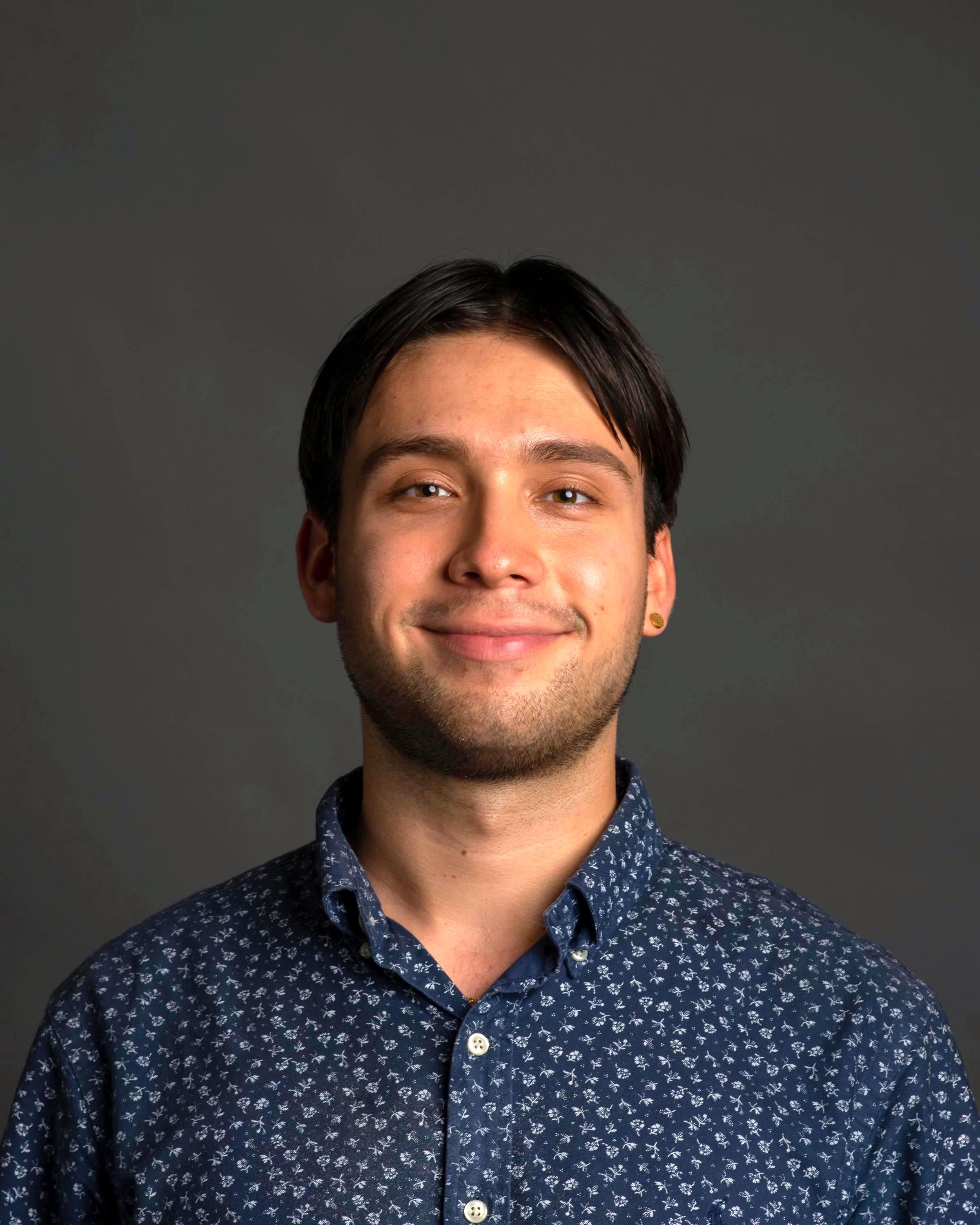
Adomaitis got experience editing and producing audio at radio stations on campus: WCCR, a student-run station, and WHCR-FM, a community station. The skills learned while in these positions translated well in the courses he specialized in while at the Newmark J-School.
“In grad school, you’re able to focus on your different niche in journalism so I focused on radio and podcast journalism.” He added, “That’s where I went from beginner to more advanced/ready to be a professional journalist because I had been studying full time and I had [done] two internships.”
While at the J-School, his professors encouraged him to freelance his articles to local newspapers. “I was freelancing for the Brooklyn Eagle for about six months, which I’m calling an internship. I basically pitched about ten articles to the publisher and they got published there,” he says, “Some were assignments that I was working on in grad school concurrently. I was able to freelance them and get paid for it.”
Fresh out of graduate school, he interned at WBAI, a public radio station in Brooklyn which added to his radio experience. This aided in his career when he got a job at an NPR affiliated public station in rural Colorado, KSUT. “The fact of it being rural and the fact of me having the grad school level experience and also audio specific experience, that’s exactly what they wanted.” There, he did daily turnaround and long form radio stories where he would interview Indigenous and Latinx communities in the area.
“I was paid to do a specific beat there. Two and a half years in a small area, I developed a lot of connections, a lot of sources and I got a lot of airtime. And then, I was on their website; there’s like a hundred articles on their website all written by me.” he adds, “I got Colorado state awards and I got on all the national NPR airwaves. All the kinds of things I would want to do in my first real career in journalism.”
The freelance internship he had during his time in grad school eventually got Adomaitis his current full-time position at the Brooklyn Eagle. “With the Brooklyn Eagle, I got this job through already knowing them so it wasn’t a cold apply.” He added, “The editor has given me permission to just find any articles that interest me in the whole borough of Brooklyn, as I get started here. I’ve been given this permission because I’m editing the print layout for the daily newspaper, so I’m kind of moving up to an editorial role but I still get to do articles on the side.”
“My advice would be to study journalism as much as you can at CCNY,” he replied. “Read the news, listen to your podcasts, or watch the news as much as you can so that you get a feel of what kind of stories they’re looking for and so you can envision where you want to be.” He adds that you should always feel comfortable cold emailing and cold pitching as well as taking advantage of the advice and internships that your professors share.
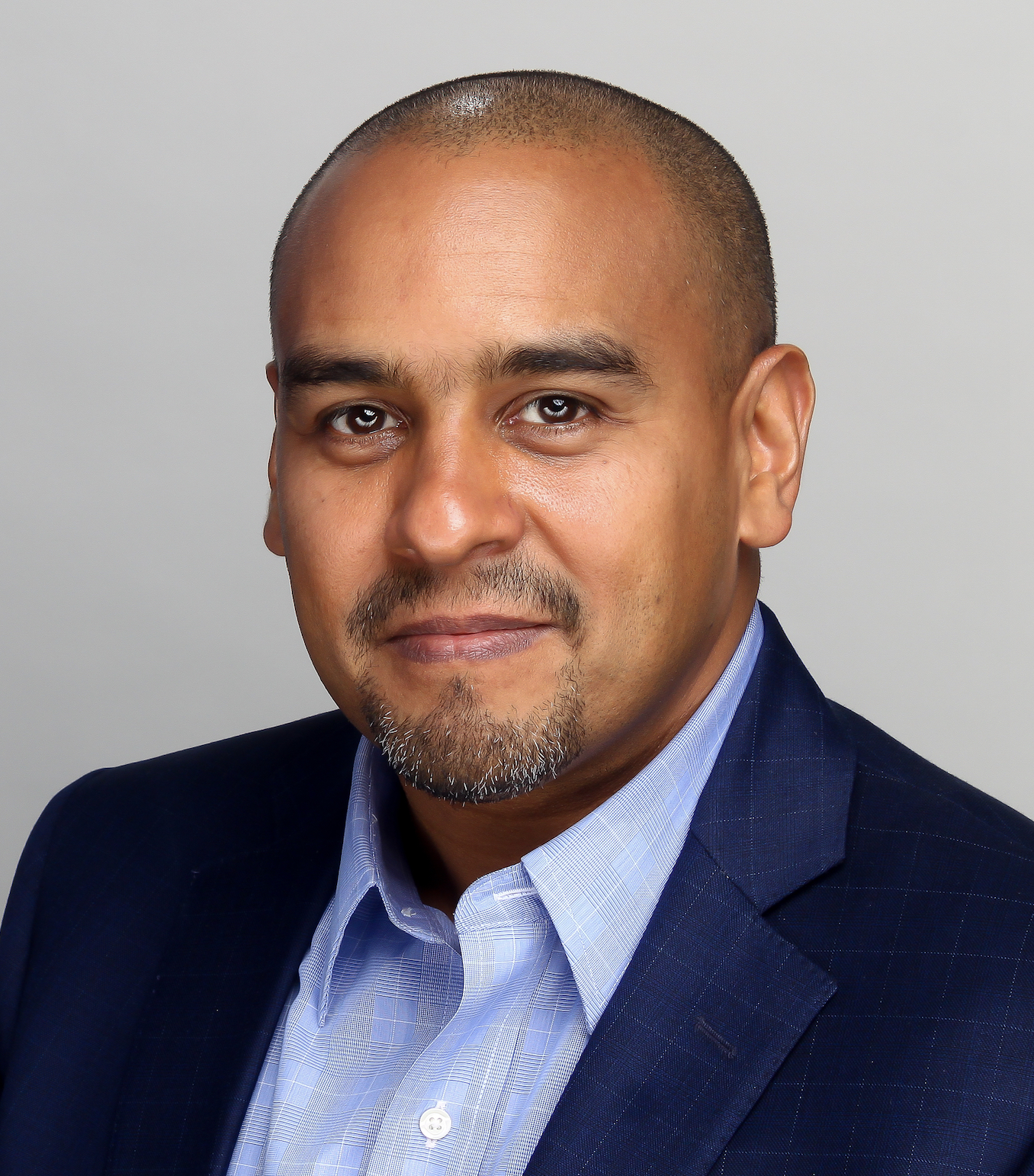
Wil Cruz is an Adjunct Lecturer at the Newmark J-School and Executive Editor at ABC News. At the beginning of Cruz’s journalism career, through the Chips Quinn Program, he got an internship at the Wilmington News Journal which helped narrow down his writing style. “Once, I realized I couldn’t play sports professionally, I thought, since I like writing, maybe I can do sports journalism.” He adds, “I did an internship in Delaware and realized that I didn’t want to do sports for a living. The internship was good in that it exposed me to what I didn’t want to do.”
Cruz participated in an additional internship and was a permanent freelancer with Newsday, which led to his first job out of school as a newspaper reporter. “My interest wasn’t justice issues but that changed pretty quickly,” he said, “Once you start working for the Metro desk you essentially become a general assignment reporter. That was mostly crime issues, having to deal with NYPD and FDNY, covering fires, aftermaths of crime or anything going on in the city.”
Cruz transitioned to various other local news outlets after his position at Newsday. His journey toward digital media began as part of a startup with Fox News Latino to then join a hyperlocal website called DNA info. He experienced a shift when he started working for NY1, “That was a pretty significant change because it took me from still writing, reporting and editing whereas NY1 was television, a completely different language.” His career took a turn again when he returned to the Standard and News Practices Department: “upholding the news division’s top standard of journalism throughout the entire news division.”
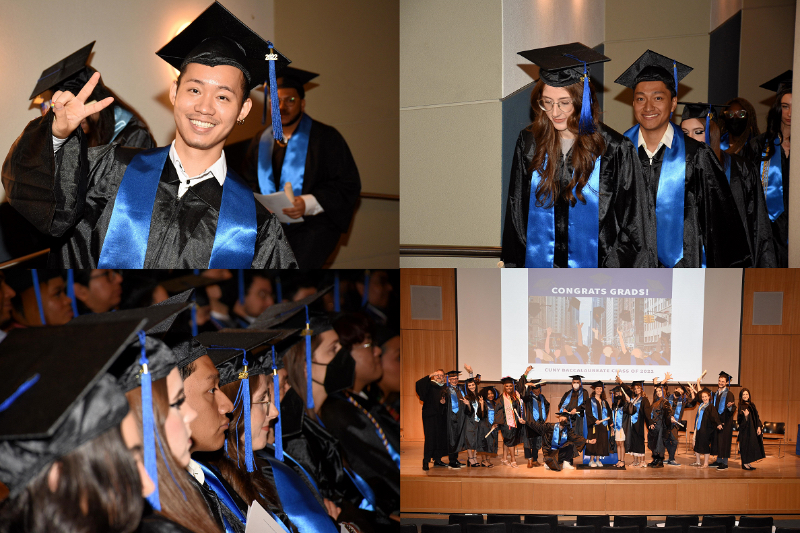
He works with ABC and maintains his position as an adjunct professor for the Craft of Journalism course at the graduate school. To Cruz, students must discipline themselves to find news that add to their journalistic journey.
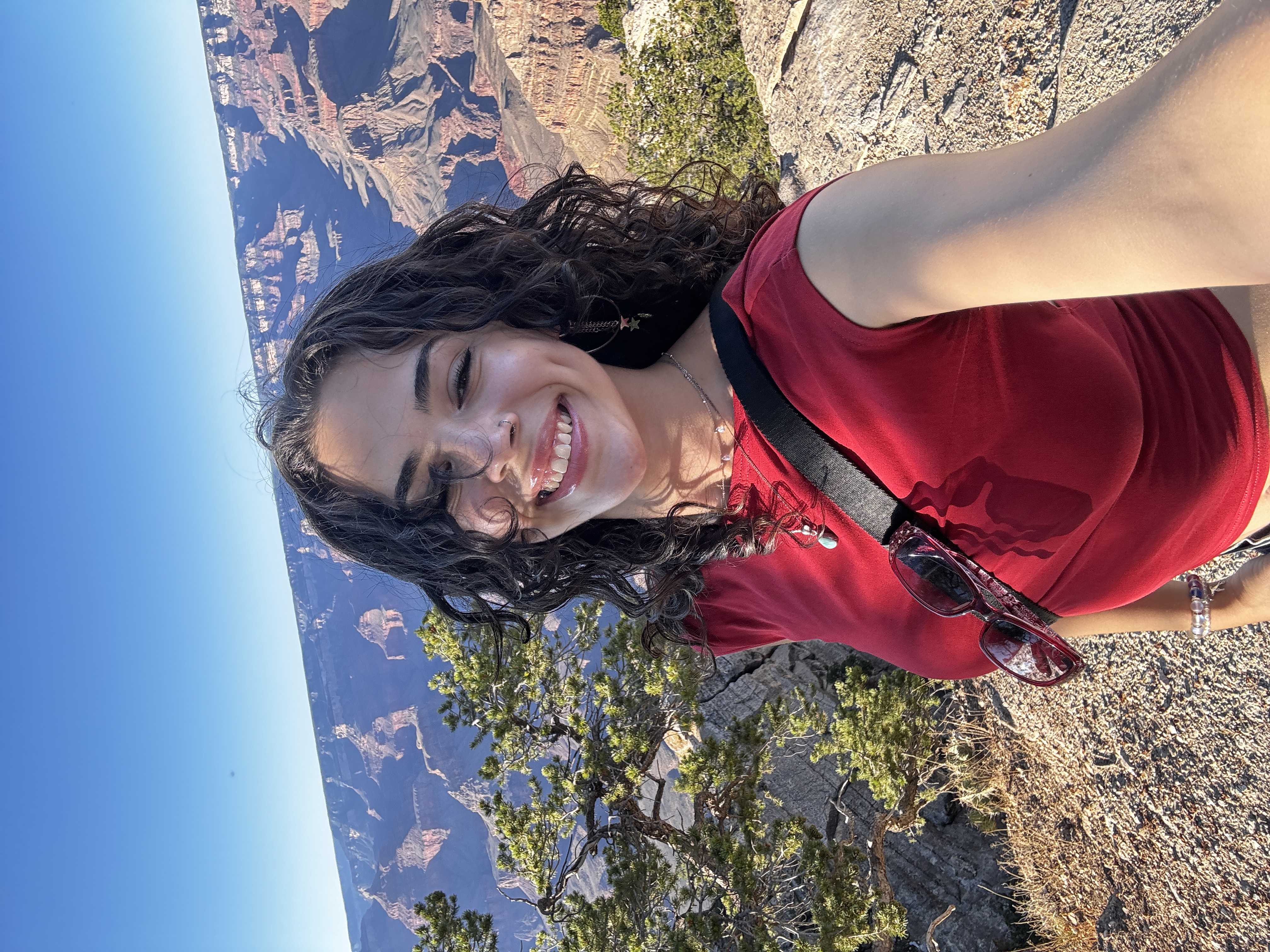
About the Author
My name is Natalie Moreno, I’m a full-time student majoring in Journalism and Latin American Studies with a minor in English. I work as a writer for the HIPE e-zine and a student editor for the Harlem View. I hope to report on Latino communities across NYC and the relevancy of pop culture and media in modern society. In my free time, I enjoy collaging and adventuring throughout the city.


